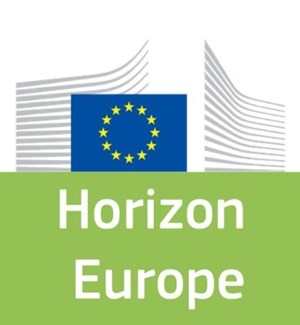- Fraunhofer-Gesellschaft zur Förderung der angewandten Forschung e. V. - Germany,
- Kemijski Institut - Slovenia,
- Norges Teknisk-Naturvitenskapelige Universitet (NTNU) - Norway,
- Stichting Vu - Netherlands,
- University of Vienna - Austria,
- Aalborg Universitet - Denmark,
- Ecole Nationale des Ponts et Chaussees - France,
- Evonik Operations GmbH - Germany,
- HHL Gemeinnutzige GmbH - Germany,
- Goeteborgs Universitet - Sweden,
- Universitetet i Bergen - Norway
Microplastics pose a major global threat, but are generally poorly understood. Mostly, plastic enters fresh water sources inland, but almost nothing is known about how and where this occurs. This prevents authorities from managing or mitigating the problem at its source. The EU-funded LimnoPlast project is addressing this issue with a four-pronged approach: data assessment, training, technological solutions and behaviour change. The project will analyse the sources and impacts of freshwater microplastics, and train scientists at the coal-face of the microplastics issue. The goal is to develop innovative solutions to remove microplastics from the environment, and find environmentally-friendly polymers. Finally, the project will promote communication and policy interventions to address the problem of microplastics at the system level.
Want to analyze based on this project via our analysis tool? Analyze this project
Knowledge Gaps
Environmental fate and behavior of plastic
Degradation
Environmental effects and ecotoxicity
Environmental exposure
Bioavailability exposure test methods


